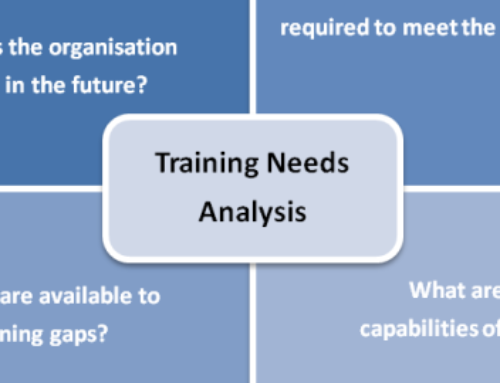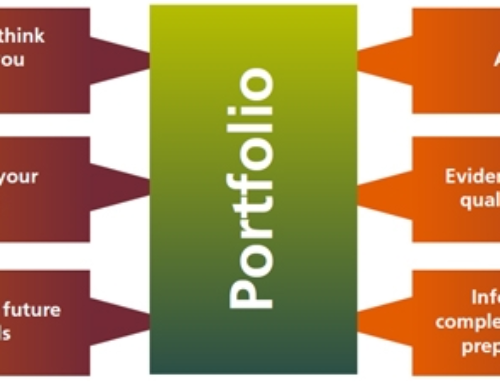Extremes of every kind of attention are a problem. It’s important to find a balance between too narrow a focus, and attention that’s too widely dispersed.
Attention too far in either direction can throw you off your game.
Many consider flow to be an ideal state. Of course, we’ve all experienced the opposite: an emotional hijack. Emotion is the brain’s way of saying: “Don’t think about that, think about this.” And when we’re hijacked, we lose control of our attention. Fortunately, the more we strengthen our circuitry for concentration, the easier it becomes to let go of emotional hijacking and return toward a flow state. Resilience is defined as how much time it takes to recover from being upset. The quicker your recovery, the more resilient you’re going to be. Strengthening attention helps you let go of stressful circumstances because the brain economizes our circuits. Being compelled to pay attention to your emotions is the opposite of being able to choose where you put your attention. If you’re counting your breath, you choose to focus on the breath and let go of all other distraction. The circuits that strengthen attention also allow you to let go of the hijack. When you’re upset, you often have no idea how to extricate yourself from that mindset. You feel trapped because it’s difficult to use emotion to change emotion. But we can all develop ways to manage attention, and ultimately our emotions. One technique I recommend is mindfulness. Mindfulness allows you to look at what’s going on in your mind from the balcony. You can see, or become aware of the “I’m trapped” feeling. If you can get to the point where you notice that you’re trapped, you’re less trapped already. You can remind yourself, “there I go again,” which helps you detach yourself from difficult thoughts, which lead to difficult emotions. After some practice, you’ll build a muscle that’s strong enough to ward off emotional distractions.Related articles:





